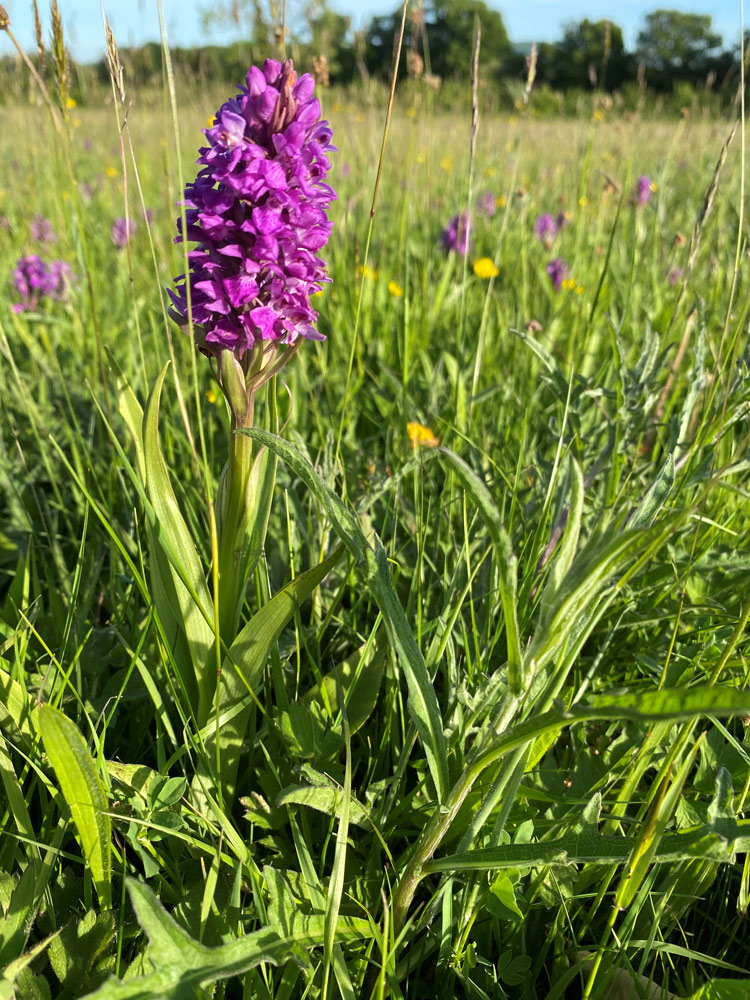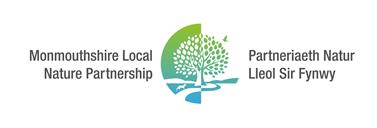Nature in Monmouthshire
The Monmouthshire Local Nature Partnership is newly reformed and developing links across the county to celebrate, conserve and enhance our unique and rich habitat, and bring people together to share best practice and resources to maximise benefits for people and wildlife.

About
Monmouthshire is a rural county with agriculture and forestry shaping the rich biodiversity and the resilience of ecosystems in the landscape. The River Usk and River Wye are designated as Special Areas of Conservation and together with their tributaries provide important wildlife corridors. The east of the County is heavily wooded and together with woodland on the English side of the border, forms the Wye Valley Woodlands SAC, part of a large swathe of high-quality habitat for woodland species including lesser horseshoe bats and dormouse. The unique man-made landscape in the south of the County along the Gwent Levels has created a network of reens and coastal and floodplain grazing marsh. Across the County over 700 sites have been identified for their importance for nature conservation including woodlands, watercourses, orchards, grasslands and areas of previously developed land like quarries and other brownfield sites. The Monmouthshire Local Nature Partnership aims to celebrate, conserve and enhance our unique and rich habitat, and bring people together to share best practice and resources to maximise benefits for people and wildlife.
Our Aims
How are we going to achieve it
Key contact
Monmouthshire CC Biodiversity Team
LNP Co-ordinator
Monmouthshire LNP
Phone: 01633 644850
Email: [email protected]
- Join our mailing list for volunteering opportunities and local nature news
- Become a member of a local nature conservation group, such as Gwent Wildlife Trust or Monmouthshire Meadows
- Join a “Friends of” group for a local park or wildlife site, get in touch to see what is near to you
- Encourage wildlife in your gardens
- Support management changes in your local area by commenting on the positive changes you see
Seen Something Interesting?
Casual sightings of just about any wildlife can be valuable if you record and report them. A simple way to do this is using SEWBReC on-line recording system SEWBReCORD or by downloading the LERC Wales App to your mobile device.
Records help to save wildlife and wildlife habitats that make up our shared ecosystem.
You may also be interested in viewing records for your area on the Aderyn site.
Here is a selection of some of the sites where you can see nature in:
Castle Meadows, Abergavenny – In the centre of Abergavenny, the meadows alongside the River Usk are managed following traditional floodplain meadow management. The fields are grown for hay followed by cattle grazing. The river offers a fantastic wildlife watching opportunities, with bats in the evening and screaming swifts in the summer.
Goytre Hall Wood, near Abergavenny – A small beech woodland near the Monmouthshire and Brecon Canal which delights visitors with a carpet of bluebells in spring and beautiful autumn colours later in the year, is home to many bird species and can be used as the start of circular walk taking the canal to see more wildlife.
Rogiet Country Park, Rogiet – Reclaimed from an old railway sidings in the 1990s, the country park is now a fascinating mosaic of flower rich habitats which provide a wealth of habitat for invertebrates. Bee orchids and pyramidal orchids have been recorded here.
Old Station, Tintern – Located in the heart of the Wye Valley and on the banks of the River Wye, the 10 acre Old Station site offers plenty of wildlife watching opportunities itself, or is a perfect base for walking in the beautiful Wye Valley Woodlands.
Monmouthshire is a valued member of the all-Wales Local Nature Partnership Network















